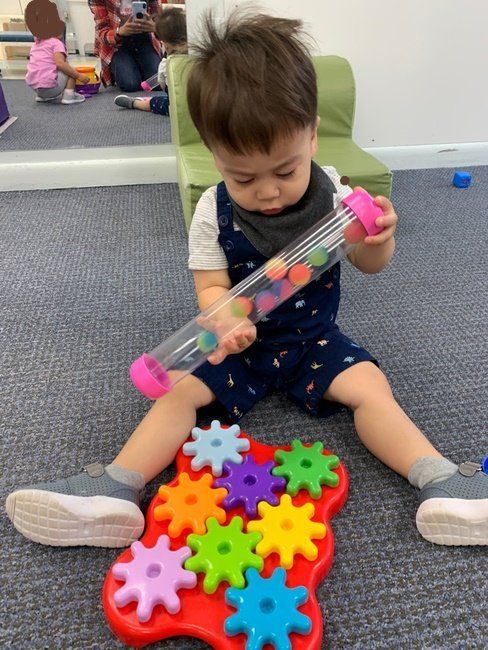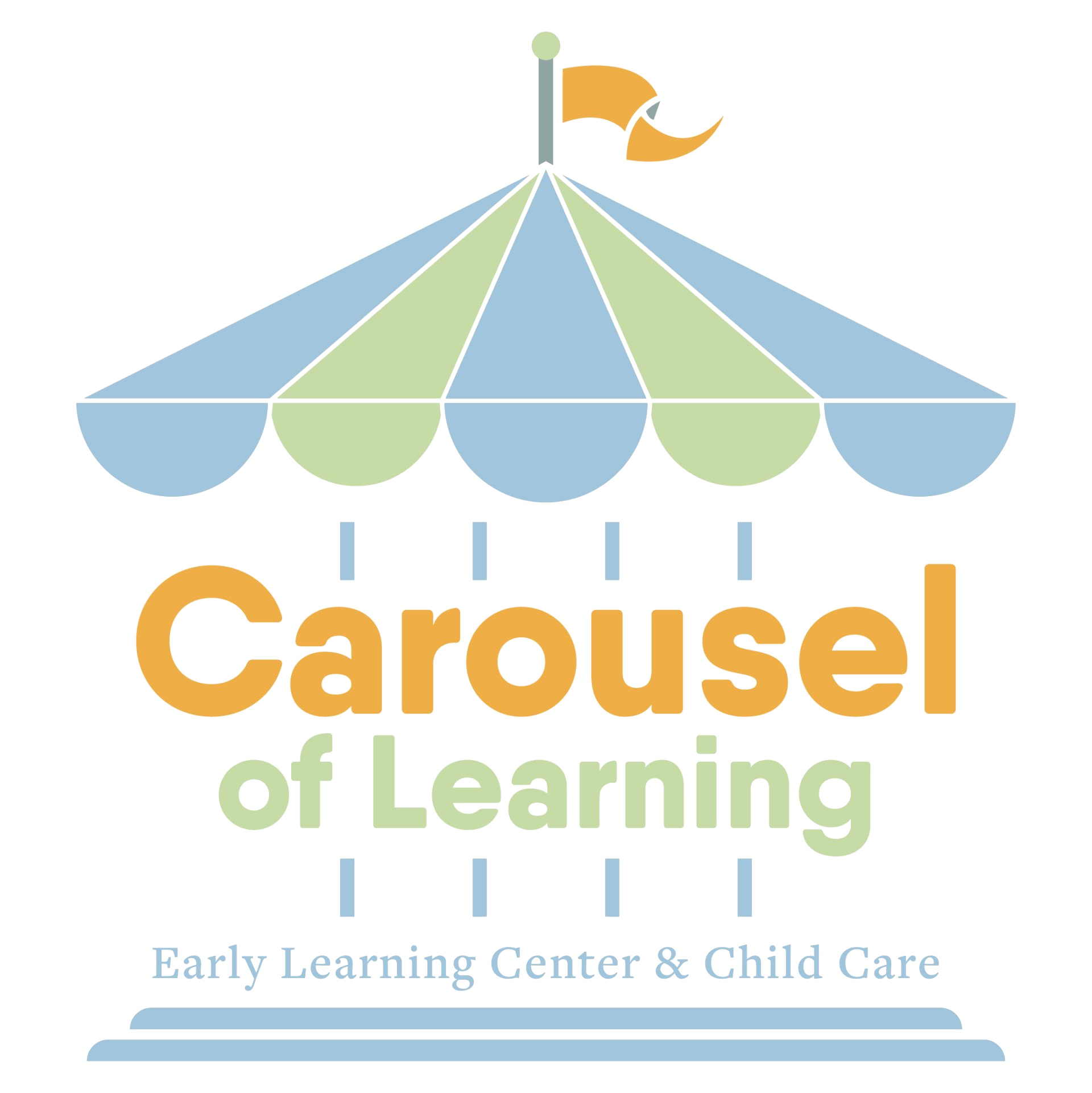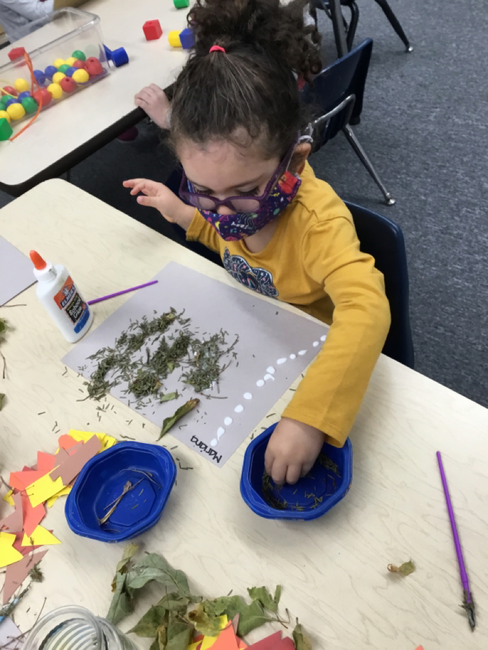Keeping the Promise
of Childhood
The Importance of Loose Parts and Open Ended Play
The Importance of Loose Parts and Open Ended Play
I love this photo; not just because this child is cute and looks happy. But because she is proudly displaying her outside-of-the-box thinking. She didn't limit herself to only using the strings provided with the beads; she experimented with whether the hole in the bead was large enough for the stick to go through. She's balancing the beads carefully so they both stay on the stick.
Because we allow children the freedom to use materials from the room (no rules saying the science center items can't be used with the beads from our math & manipulatives shelf), she was able to freely create. We don't ask her "What is that?" (from our very adult perspective) because maybe it's not a "something"; we respect the process over the product. Clearly, she is proud of herself and her work. This one moment captured in a photo documents experimentation, creative thinking, practiced hand/eye coordination and developing positive self confidence. If we wanted to add language, we could say something like "Wow; that is so creative! Can you tell me about this?"
So while curriculum, pre-determined objectives and teacher directed lessons and activities are important, I wanted to highlight the value of open-ended, self-directed play and discovery for children. We promise to never forget that PLAY is the child's WORK!

Contact Information
244 Kingston Rd Parsippany, NJ 07054
Business Hours
- Mon - Fri
- -
- Sat - Sun
- Closed





